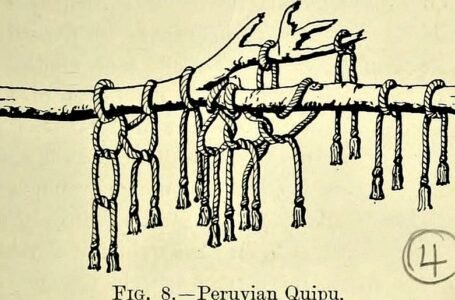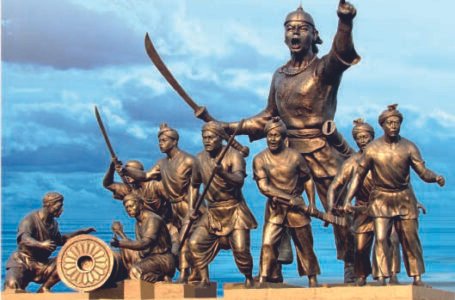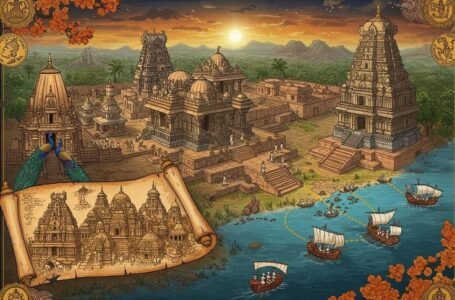Kali Puja: The Festival That Coincides With Diwali

Kali Puja, also called Shyama Puja is considered to be one of the largest festivals to worship the goddess Kali, whom people in the Hindu faith revere as an embodiment of ferocity. It mostly takes place in the eastern region, such as in West Bengal, Assam, Tripura and Odisha, almost coinciding with the Diwali celebrations in the rest of the country. The festival of Diwali emphasizes the return of Prabhu Shri Ram, coming back to Ayodhya. Kali Puja focuses on safety from evil powers that are considered negative, removes all negativity, and emphasizes spiritual growth. The heart of Kali Puja is the worshipping of Kali as the force that drives away the darkness, fear, and ignorance. Her terrifying appearance reminds us that power and destruction are necessary for rebirth and that disorder often results in harmony.
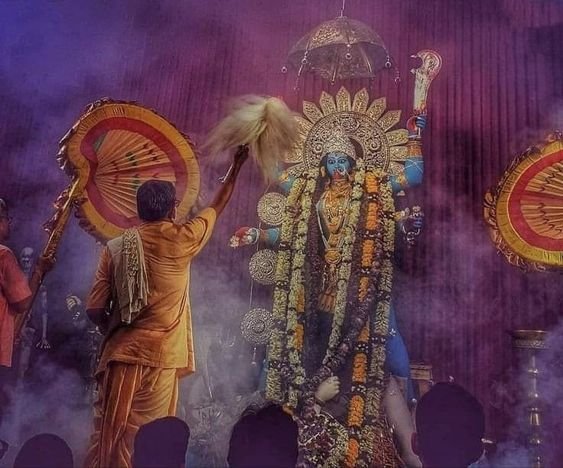
History of Kali Puja
The practice of Kali Puja traces back to ancient times when worshipping deities was the most common affair in the Hindu culture. In Bengal, the festivals took a different form and became more significant in the 18th century. It originates from the Shakta tradition of Hinduism. That is focused on the worship of the Divine Feminine, which had early manifestations. Ancient texts such as Rigveda refer to Kali in conjunction with time and change themes.
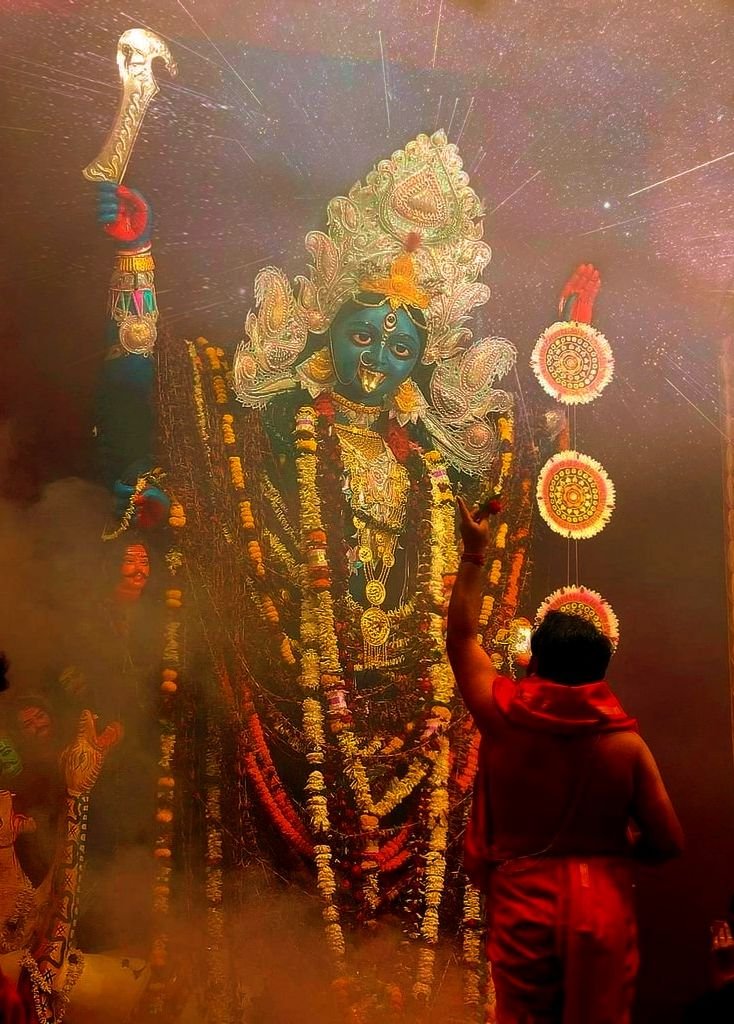
During the Bengal Renaissance in the late 19th century, the festival of Kali Puja became well-organized and everybody’s delight. The Bhattacharyas of Kolkata did a lot to regularize rituals associated with Kali Puja. Creating an idol with intricate design and a detailed ceremony increased the festival’s popularity among the masses. In the late 19th and early 20th centuries, a cultural revival in Bengal made Kali not only a goddess but also a symbol of power and rebellion against the colonial regime. In this light, the festival was transformed into an arena for many social and cultural movements, with women’s rights and empowerment emerging as a major cause.
Today, it is observed with great fervour, especially in West Bengal, which has adopted the festival in its cultural calendar. Thousands of worshipers make their way to receive the blessings of their goddess and it is one of the most important festivals in the region.
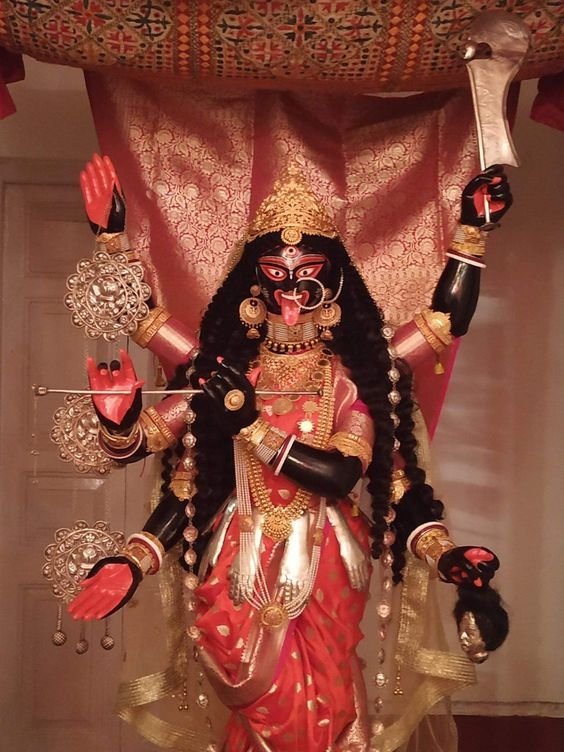
Worship Goddess Kali
The veneration of Goddess Kali, or Maa Kali, during Kali Puja, is unique due to its connection with nighttime ceremonies, representing the victory of divine forces over darkness. This puja occurs on Amavasya (the night of the new moon) in the month of Kartika, which highlights Kali’s role as the power that eradicates ignorance and opens pathways to illumination and knowledge.
Devotees worship a special altar carrying a black or dark idol of Kali. Normally, the goddess is decorated with a necklace of skulls and unkempt hair that flows about her face as she displays a protruding tongue. She is carrying the sword and the head is severed off as a representation of destroying ego and ignorance. In some places, however, mainly in the old and traditional homes, the form of Tantric worship is followed. The things that are being offered are meat, wine, red hibiscus flowers, and sweets, which are supposed to appease the goddess and seek her blessings. The puja involves some specific mantras that are recited for Kali. Some people chant Mahakali Stotra and Kali Chalisa for inviting her presence. Some people fast till the rituals are over at midnight.
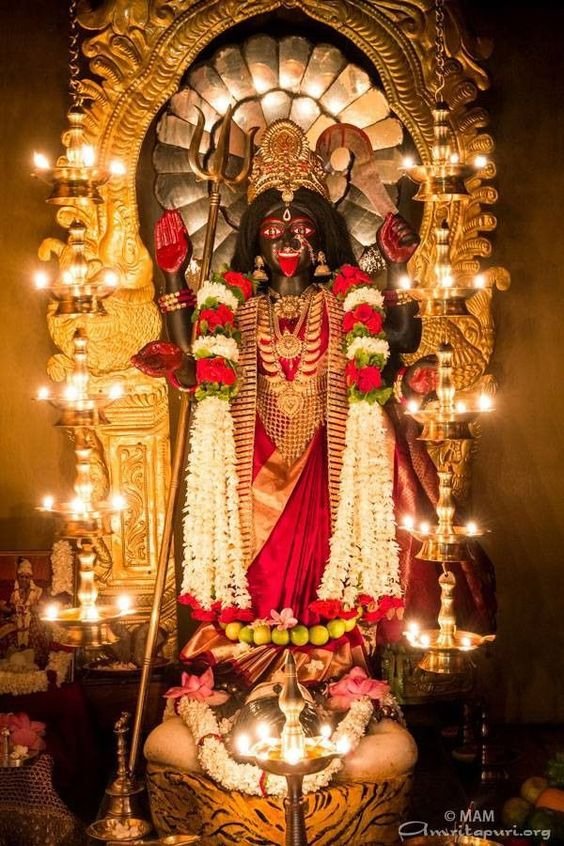
Like Diwali, Kali Puja is also lighting diyas and candles in houses and temples. Fireworks are burst to remove all the evil spirits and evil forces. In the past, animal sacrifices used to play a great role in Kali Puja because they symbolized the offering of ego and ignorance by the devotee. However, today, most of the temples have replaced their traditional animal sacrifice with that of pumpkins, coconuts, and other sweets. Most of the worships tend to start at late hours of the night and might even go till midnight or even early in the morning to symbolize the dominion of darkness and hence she can deliver liberation at any time.
The Mythology of Goddess Kali
Kali’s backstory is based on two main myths, each depicting her nature as a powerful destroyer of evil.
The best-known legend associated with Kali is the killing of the demon Raktabija. Raktabija was granted the special boon that every drop of his blood falling on earth would produce another identical demon. To fight this impossible enemy, the gods prayed to Goddess Durga who turned into Kali.

In her fierce form, Kali consumed the asuras and did not allow Raktabija’s blood to touch the earth. Her anger was so extreme that she began destroying everything in her path until Lord Shiva stopped her. To calm her down, Shiva lay at her feet, and when Kali inadvertently stepped on him, she bit her tongue in remorse. This image of Kali standing on the chest of Shiva is one of the most iconic images of the goddess.
Another legend describes Kali as the destroyer of illusions and soul liberator. Here, she fights both the outer enemies and her inner opponents from fear and ignorance to haughtiness. She is a nourishing mother and helps her followers free themselves from materialistic bondage and achieve spiritual knowledge. In both these stories, Kali’s terrifying form is a method to an end: liberation and deliverance of the devotees. Her very myths tell that sometimes something must be destroyed to live again.
Locations of Worship
Festivals are organized in various parts of India and Bangladesh. However, each region has its characteristics and meaning attached to it.

- The Kalighat Temple in Kolkata stands as the heart of Kali Puja festivities, being one of the most renowned temples dedicated to Goddess Kali. On the eve of Kali Puja, homes, temples, and communal areas are beautifully decorated, and the city bursts into vibrant celebrations.
- Dakshineswar Kali Temple, on the banks of the Hooghly River near Kolkata, is another important centre for pilgrimage. It was instituted by Rani Rashmoni and came to the limelight with the message of Ramakrishna Paramahamsa who had an extreme devotion towards Kali.
- Tarapith, the site is famous for a Tantric goddess by the name of Tara. It’s a figure from Kali, celebrated because of esoteric ceremonies and practices in pursuit of liberation.
- The Kamakhya Temple in Assam marks the Shakti Peetha and worships the goddesses, giving more importance to Kali among others, for she was associated with fertility practices and Tantric observance.
- In Odisha and Tripura, Kali Puja is marked by processions, cultural events, and rituals, with temples in Puri and Udaipur (Tripura) drawing large crowds of devotees looking for blessings related to health and prosperity.

Impact of Kali in Hindu Mythology
Goddess Kali’s influence on Hindu mythology and culture is immense. It goes beyond mere adoration during Kali Puja. Her symbolism helps to give deep insights into spiritual growth, inner strength, and freedom. The belief that strength and intensity are necessary to overcome anything is represented by Kali. Her portrayal encourages people to face their fears and to become more powerful. Though Kali may look ferocious, her spirit is that of a caring mother. This duality teaches that tough love and discipline are integral parts of care. The connection of Kali with Tantric practices emphasizes the need to balance the material with the spiritual. Tantra views the goddess as a power that helps the devotees in negotiating between earthly delights and spiritual renunciation. Worship of Kali has been portrayed as a means of resistance and empowerment, particularly within marginalized communities. Images of Kali have fed movements toward social justice, gender equality, and spiritual enlightenment.
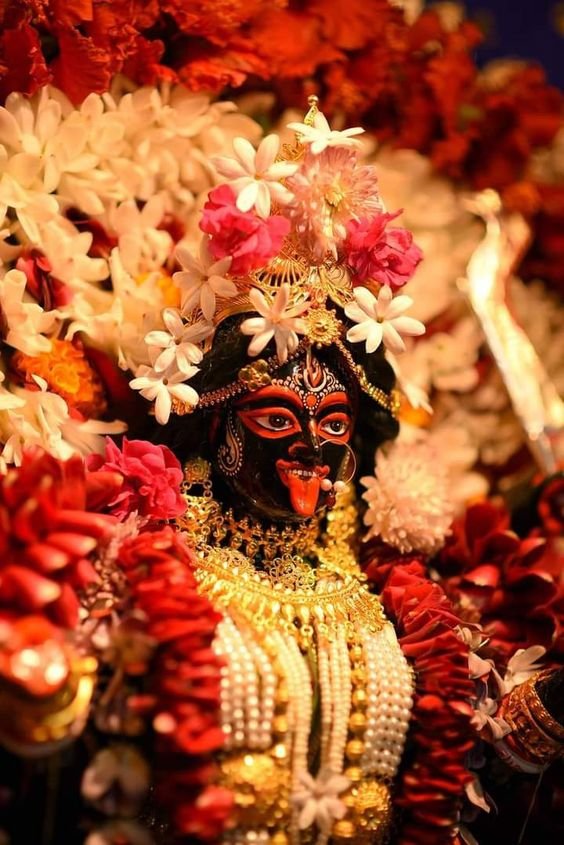
Conclusion
Kali Puja is not a mere festival but is the celebration of power, transformation, and freedom of mind. The powerful but caring goddess Kali explains how destruction leads to new birth and that it takes much courage to fight fears, which in turn makes people powerful. She has always inspired her devotees throughout history to confront their difficulties, defeat the forces of ignorance, and embrace change. She was worshipped for Kali Puja throughout the celebrations of Bengal, Assam, and Odisha to bring up both the spiritual, cultural, and communal themes altogether into the celebration. These folk and tradition-based festivities tell us a wide spread-out, timeless themes linked by darkness and light, mayhem and order, fear and braveness. Thus, the overall depiction conforms to the concept regarding the principle of transformation within the confines of Hindu mythology and how, in real fact, one can gain power only once it transforms both its worst and gentle nature, one part of the cosmos which is the universe.
